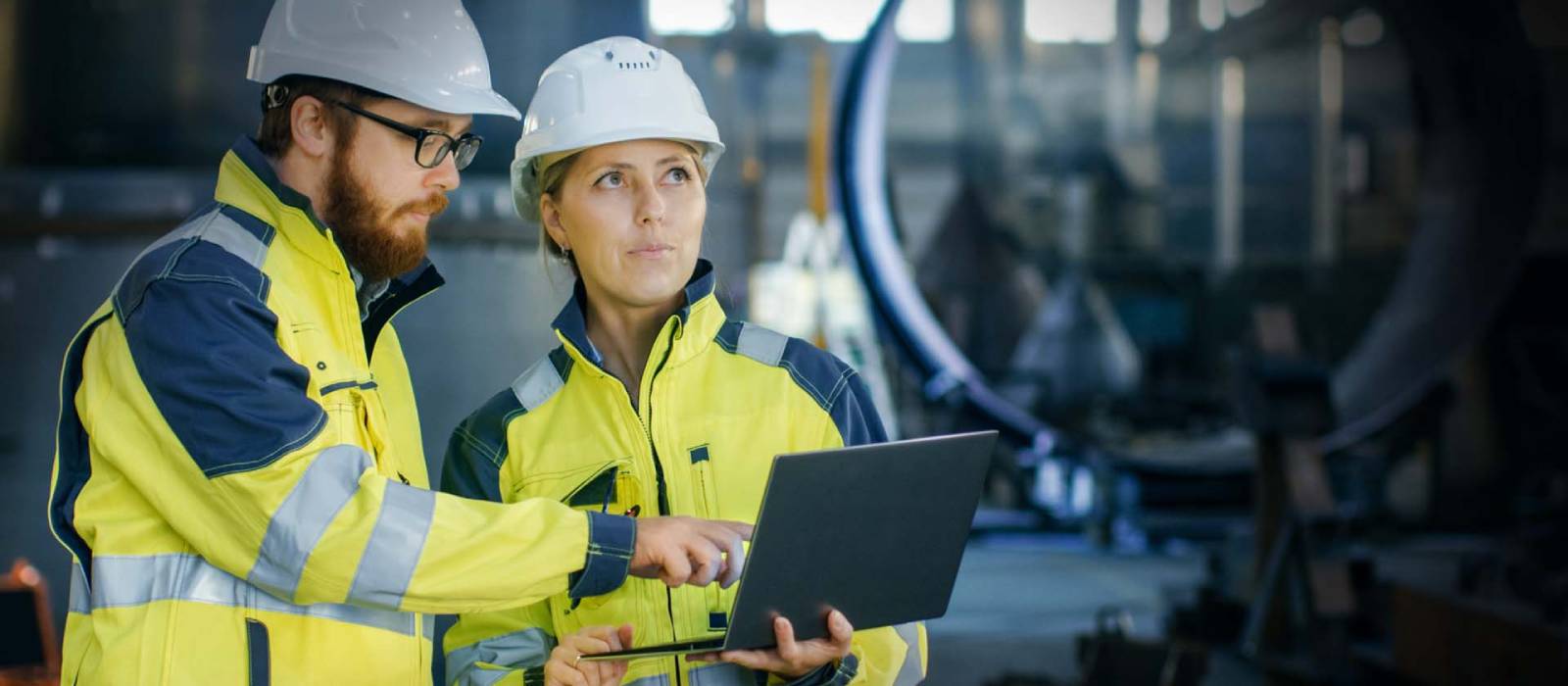How is smart mining transforming industry?

AusIMM is collaborating with Insight to explore the use of cloud-based technology in resources. Check out the Bulletin article below or register here to watch AusIMM’s recent webinar with author Roland Leggat on-demand.
According to Richard Lee, Data and AI Principal Consultant at Insight Enterprises, large scale mining operations face two big industry challenges: the first is how to keep essential machines running continuously to optimise production and avoid costly downtime, the second is how to create and maintain a safe working environment for employees (Insight, 2019).
The right tools and technology that deliver meaningful and real time data can play a vital role in empowering teams, boosting employees’ productivity and driving transformational change. And following the pandemic, the demand for teams to be able to collaborate from wherever they are is even more vital.
Two specific key areas where smart mining initiatives can have a significant impact for industry are communication and productivity.
1. Communication
Communication is critical for everything from worker wellbeing to compliance. On the latter, organisations need the ability to quickly and effectively communicate new regulations to staff whenever the rules change.
According to a survey by Forrester, only 23 per cent of frontline workers strongly agree that they have access to the technology they need to be productive. ‘Firstline workers comprise the largest category of employees at most organisations… yet they are often not given the tools nor the forums to optimise these experiences and to share their learnings from these interactions back with the company.’ (Forrester, 2018).
On a similar note, one of the biggest challenges faced by mining operations is communicating between staff and coordinating workflows in difficult environments – eg underground mines. A recent McKinsey and Company report suggests that “by deploying underground networks – WiFi or 5G wireless technology, with sensors throughout the mine relaying information in real time – a mine’s supervisors can communicate with work teams in real time.” (McKinsey, 2018).
A recent case study at Kidd Mine at Timmins, Ontario addressed this challenge by providing underground mine workers with 550 phones equipped with Microsoft teams(Gillis, 2020). The improved access to quick and easy collaboration resulted in worker empowerment in decision making, health and safety communication and improved organisational outcomes. New communication technologies empower frontline mine workers to work in direct contact with operations centres, promoting collaboration and improving business culture.
2. Productivity
The rapid uptake of advanced technology that has helped mining companies optimise and automate many of their operations is primarily motivated by improving worker safety and increasing productivity while reducing costs.
A recent case study Insight conducted with Newcrest showed how digital IoT and data science could be used to cut downtime and reduce costs (Insight, 2019). Gary Slater, Digital and Data Science Architect, Newcrest Mining Limited, said, “By implementing a soft sensor that uses a machine learning model, we can constantly predict the level of crushed ore in the bin with about 85 percent accuracy... which will enable us to cut our unplanned downtime and gain significant revenue, with an ROI within three months” (Insight, 2019).
At Austmine’s 2021 Conference in Perth, Ian Sedgman, General Manager Technology Transformation at Glencore Copper, cited Glencore’s Raglan Mine in Nunavik Quebec as a demonstrated example of smart mining. All workers were given smartphones when heading underground. The only equipment usually is a radio – full of chatter with people calling truck movements and ore movements – which makes it difficult to have any sort of meaningful communication. The Raglan Mine Management found that the smartphone strategy resulted in:
- improved truck throughput effective utilisation numbers by approximately 20 per cent
- provided data that was meaningful, that allows you to better understand how to improve alignment changing behaviours and amend them
- workforce was happier that they were getting information they could use.
These use cases demonstrate that smart mining creates efficiencies through effective communication, data analysis and frontline worker empowerment, thereby reducing downtime and improving throughput.
You can download Insight’s eBook to learn more about supporting frontline workers with cloud-based technology. Insight also has an upcoming webinar series further explores some key highlights into recent developments in hybrid work technology based on Windows 365. The first webinar kicks off on September 30.
Connect with Roland Leggat on LinkedIn
References
Forrester, 2018. Frontline Worker Opportunity Snapshot [online]. Available to download from: https://www.microsoft.com/en-us/microsoft-365/blog/wp-content/uploads/sites/2/2018/12/MicrosoftFLW-Opportunity-Snapshot-120618-1.pdf
Gillis, 2020. Keeping comms open in one of the world’s deepest mines [online]. https://www.northernontariobusiness.com/industry-news/mining/keeping-comms-open-in-one-of-the-worlds-deepest-mines-2081818
Insight, 2019. Newcrest Case Study [online]. Available from: https://au.insight.com/en_AU/content-and-resources/case-studies/newcrest-mining-azure-iot.html
McKinsey and Company, 2018. Behind the mining productivity upswing: Technology-enabled transformation [online]. Available from: https://www.mckinsey.com/industries/metals-and-mining/our-insights/behind-the-mining-productivity-upswing-technology-enabled-transformation